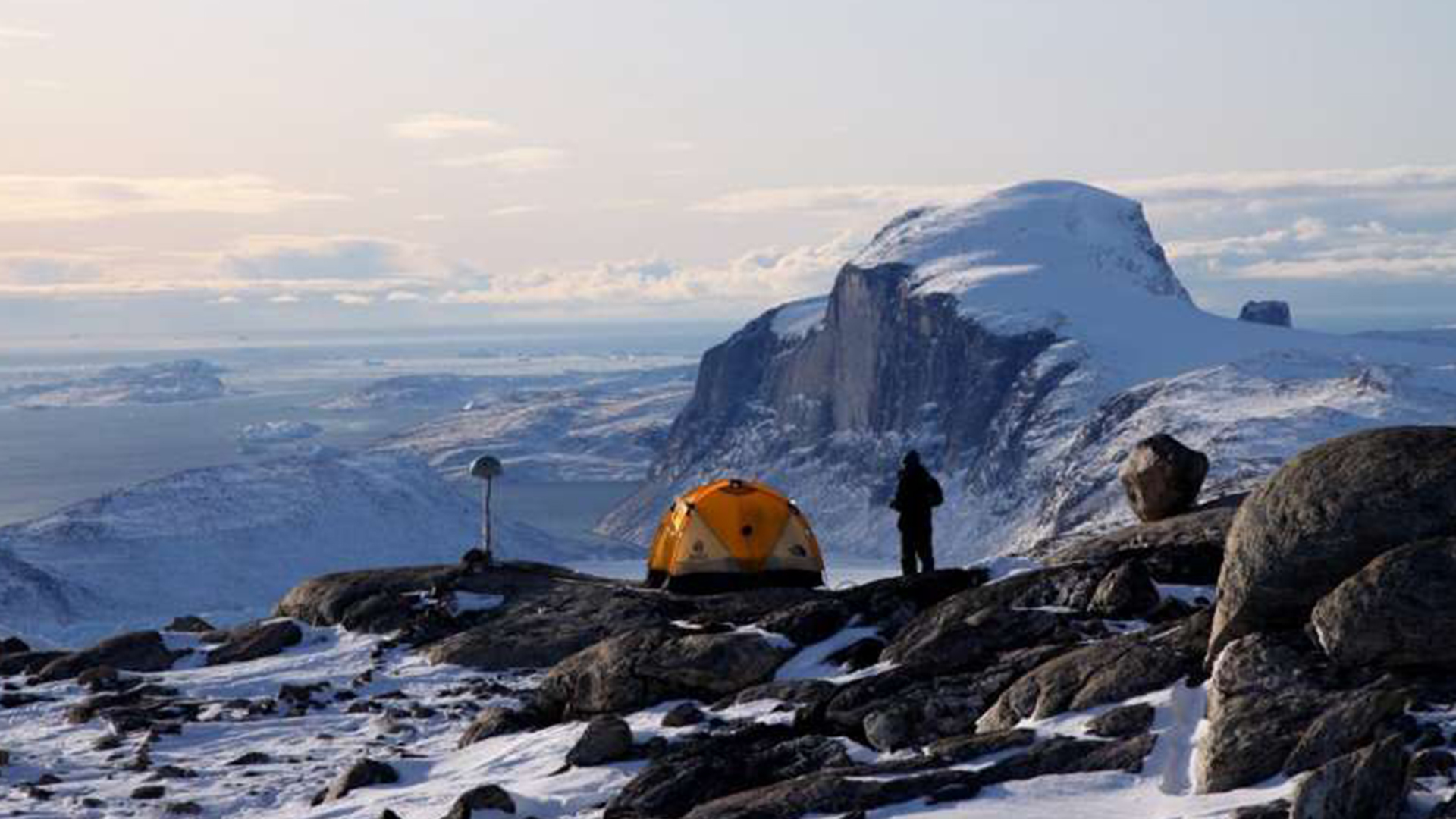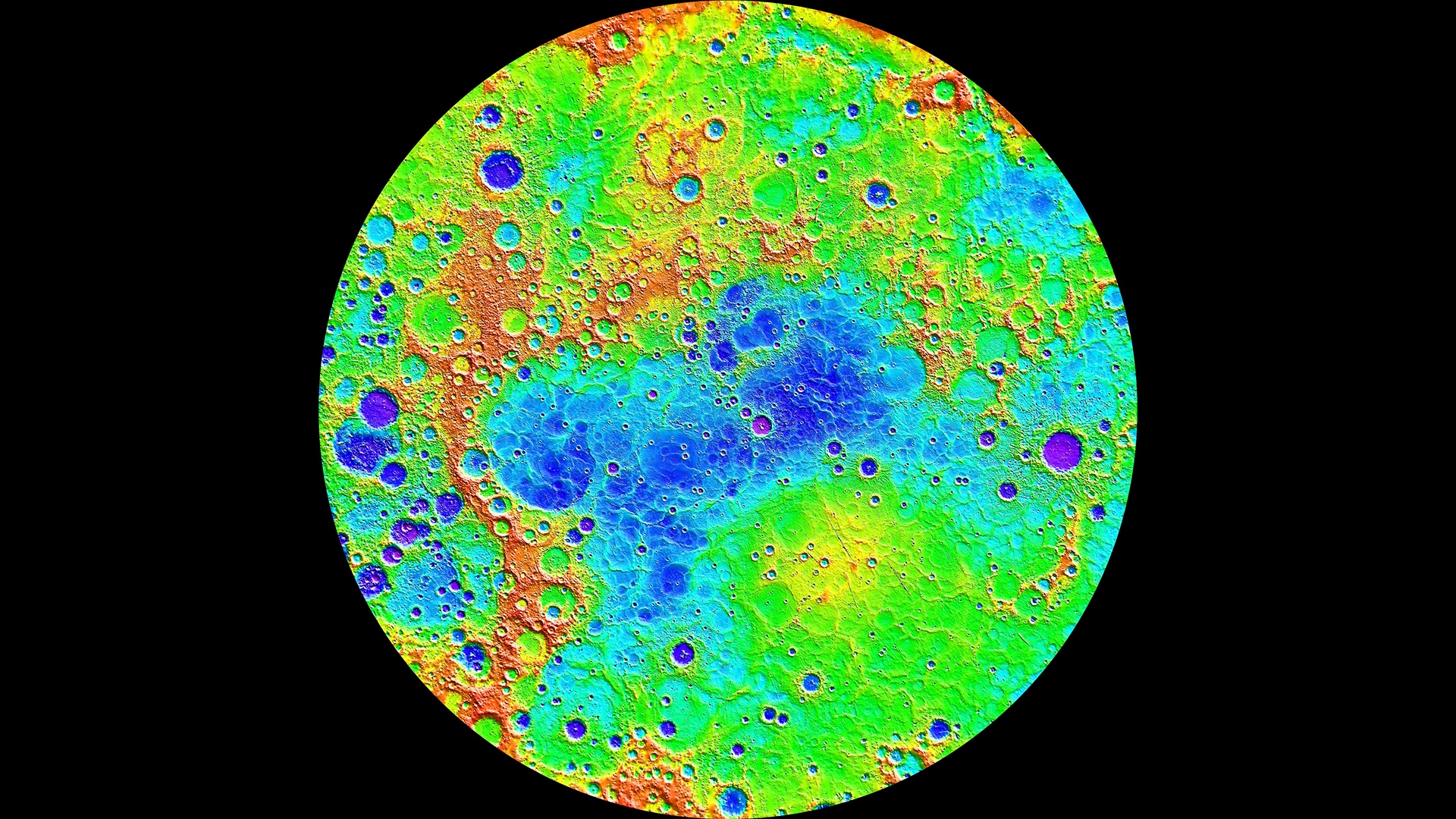Glaciers
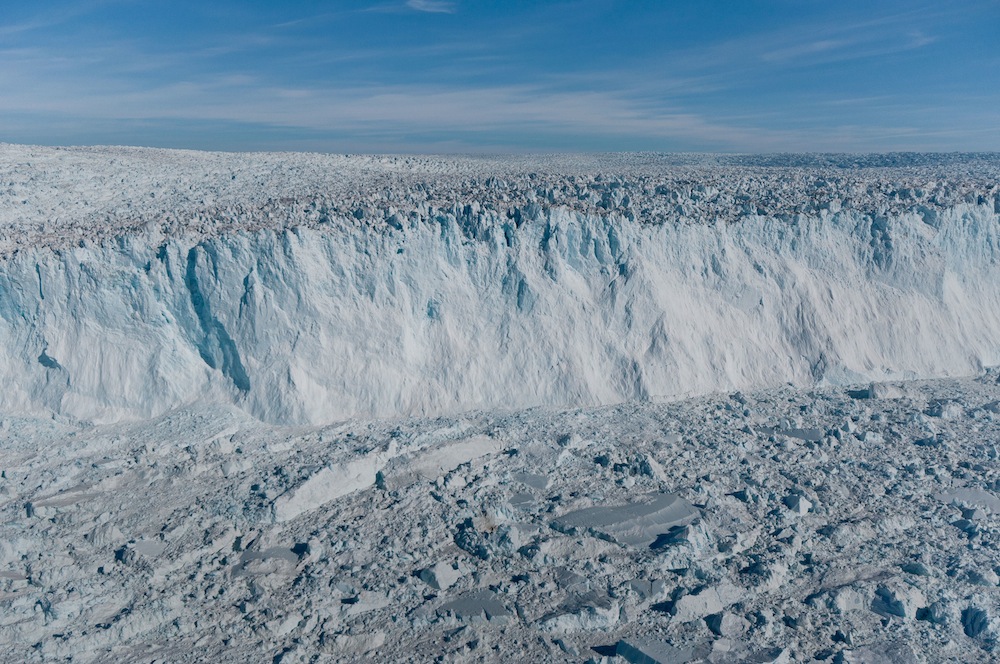
Glaciers are essentially giant rivers of ice that are formed over eons as fallen snow is compressed into layers of ice. Glaciers are found on about 10 percent of Earth's land area, with most of them found in the Arctic and Antarctica regions, but some occurring high up on mountains, even in tropical areas. Glacial ice makes up the ice sheets that cover Antarctica and Greenland, with glaciers flowing out to sea, where their ends float on the water as ice shelves. Eventually pieces of the ice shelves break off, or calve, to form icebergs. The movement of glaciers scours the underlying rock, and a glacier's movement can be affected by climate change, with worries that global warming could cause substantial glacial melt and impact global sea levels. For the latest news on glacier research and stunning views of these rivers of ice, see below.
Latest about glaciers
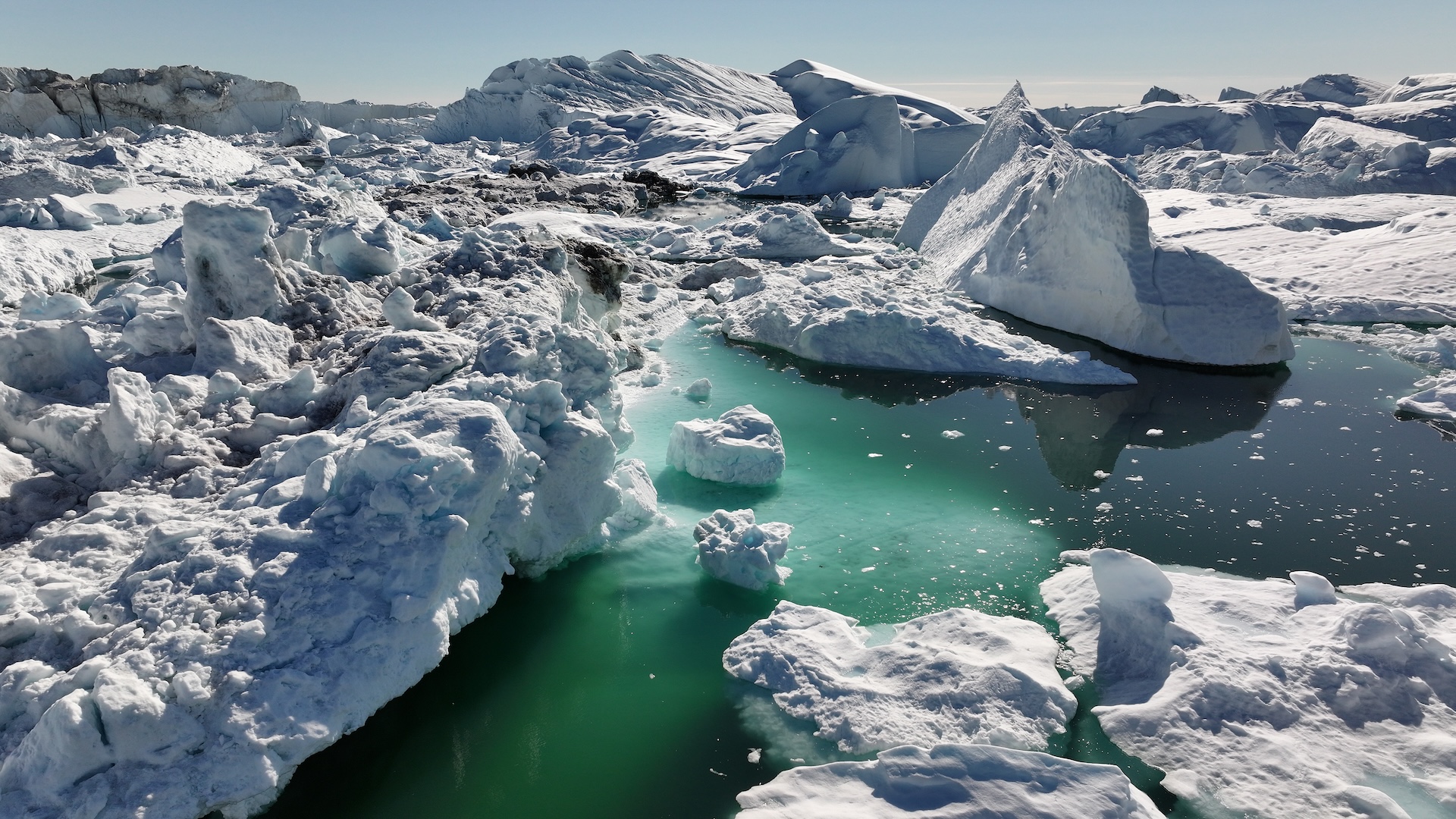
The North Pole could wander nearly 90 feet west by the end of the century
By Skyler Ware published
As climate change melts ice sheets and glaciers, water is being redistributed across the globe — and could end up moving the point of Earth's axis of rotation.
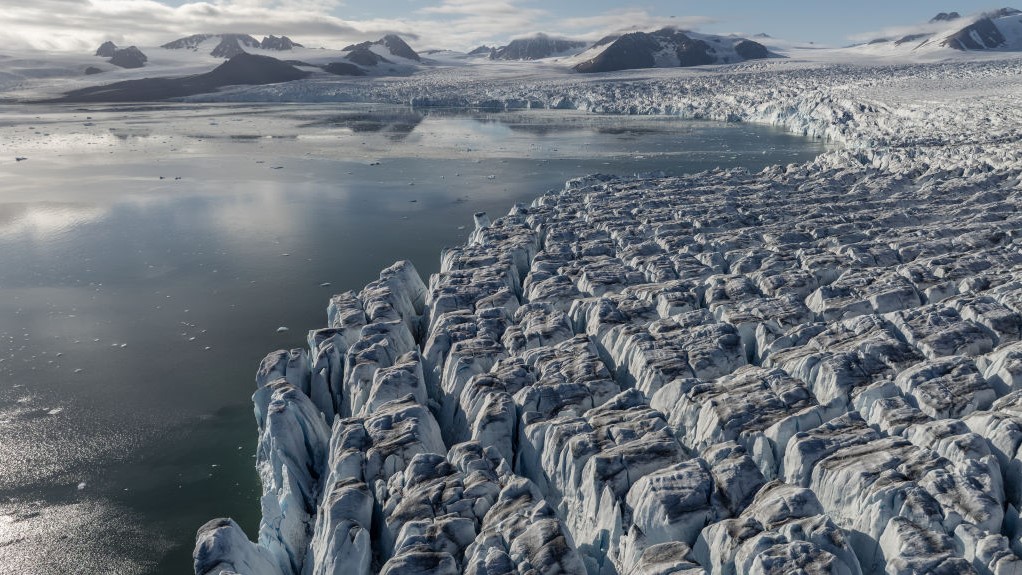
World's glaciers are losing enough ice to fill 3 Olympic pools every second, terrifying new study finds
By Sascha Pare published
A groundbreaking new study provides the first consistent global picture of glacier decline since 2000, revealing that glaciers across the world have lost a whopping 5% of their volume since then.
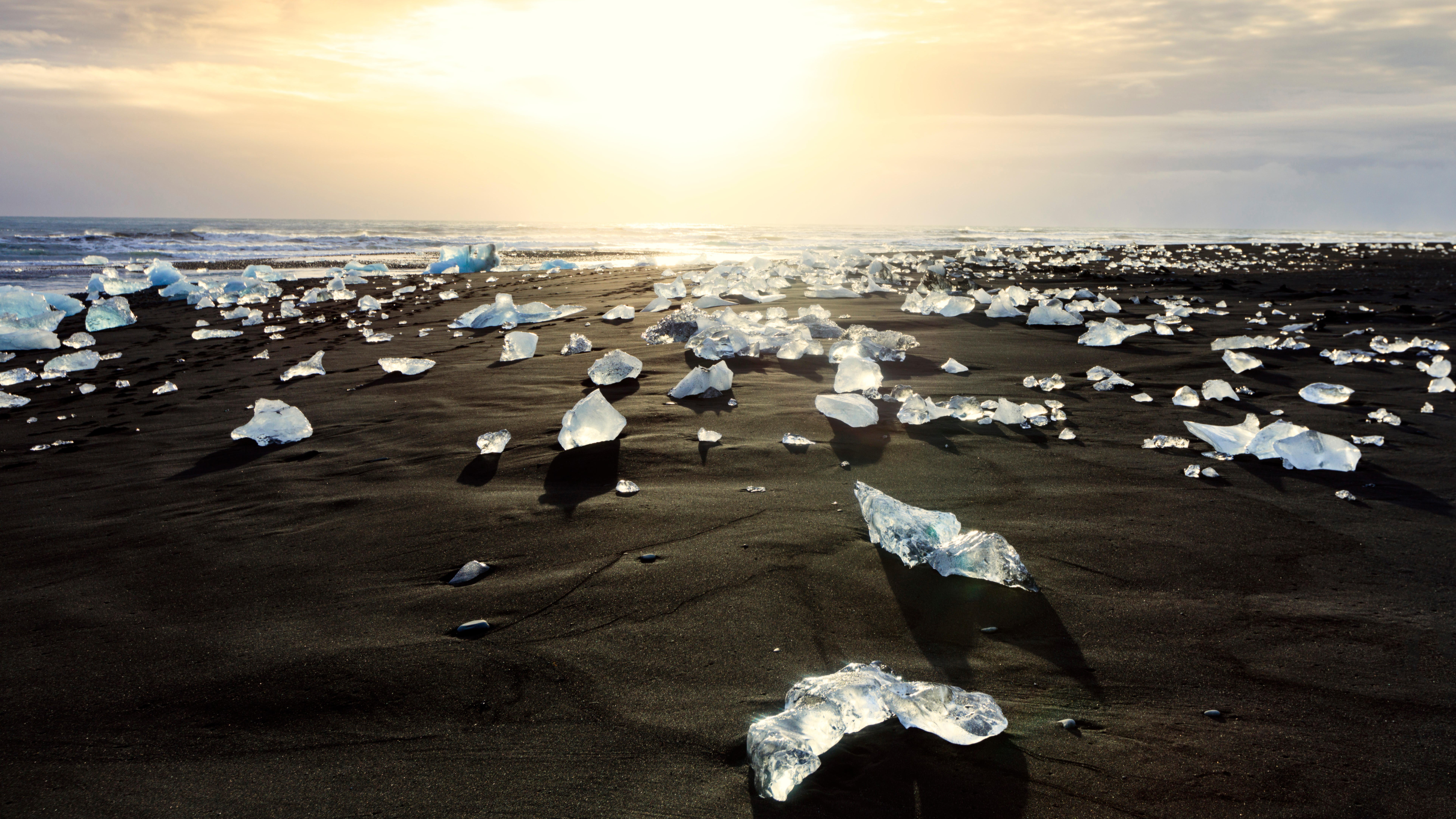
Diamond Beach: Iceland's spellbinding black sand beach covered in sparkling ice jewels
By Sascha Pare published
Icebergs and other glacial fragments regularly wash up on Iceland's southern Diamond Beach, making the sandy strip look like a field of gemstones.
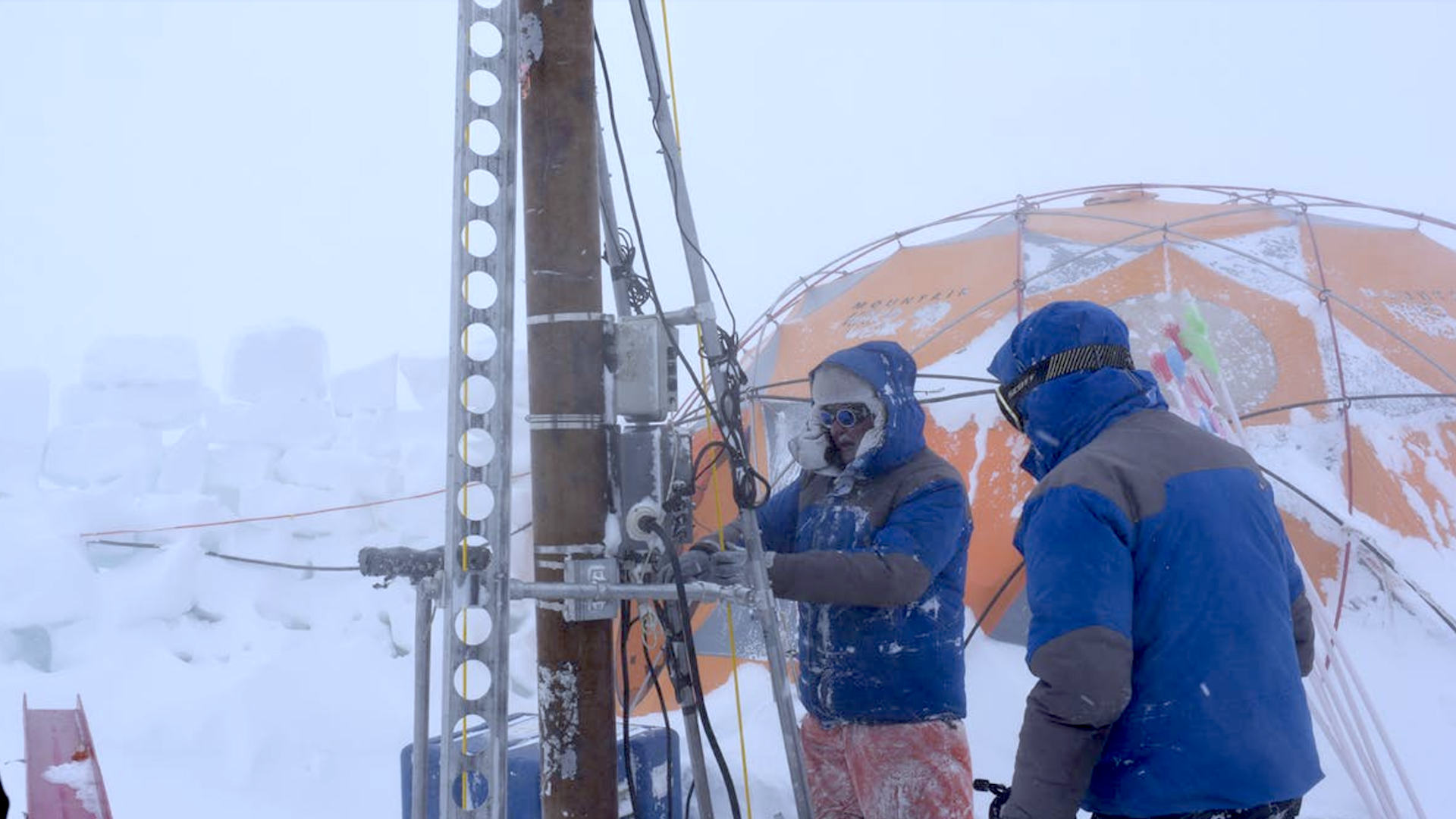
Ancient viral genomes plucked from glaciers reveal how pathogens have adapted to Earth's shifting climate
By Zhi-Ping Zhong, Ellen Mosley-Thompson, Lonnie Thompson, Matthew Sullivan, Virginia Rich published
Over the past 41,000 years, viral communities have varied significantly between cold and warm climatic periods, scientists found.
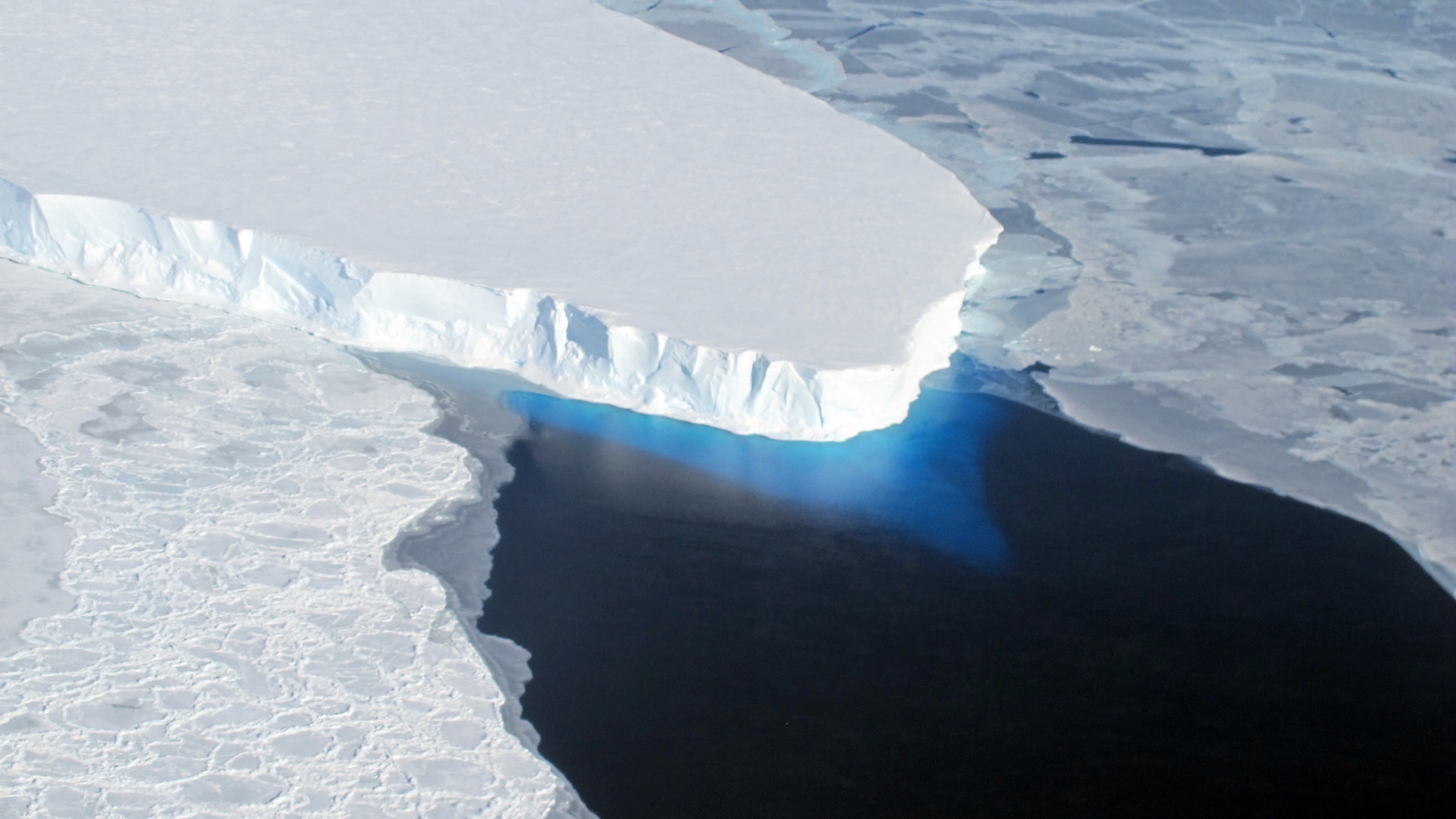
'Doomsday glacier' won't collapse the way we thought, new study suggests
By Mathieu Morlighem published
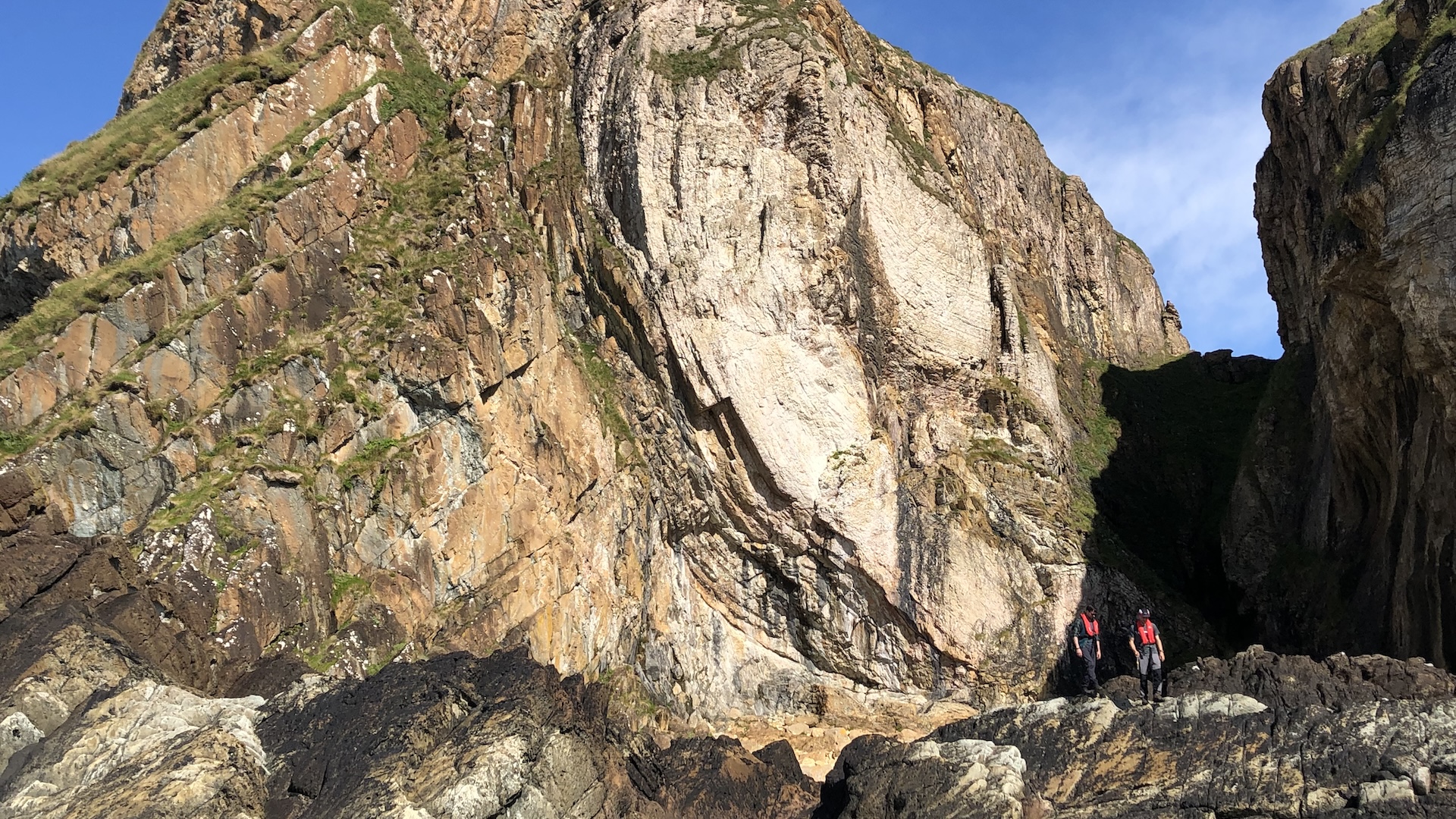
'Golden spike' showing the moment Earth turned into a giant snowball discovered in ancient Scottish rocks
By Hannah Osborne published
Geological evidence of the transition when Earth was plunged into a planetary-wide deep-freeze discovered in ancient Scottish rocks.
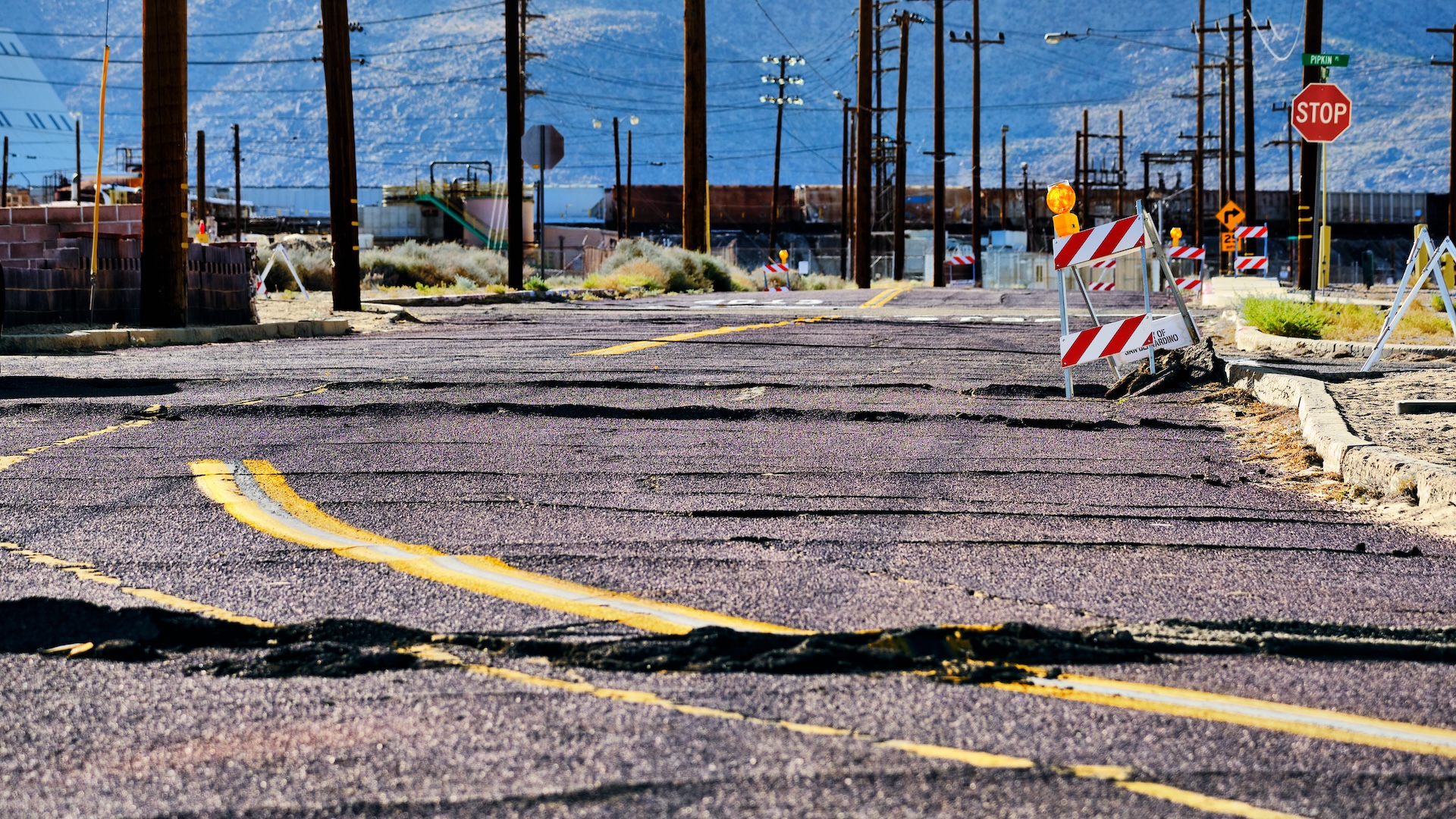
Will we have more earthquakes because of climate change?
By Katherine Irving published
Changes in sea level and glacial melt could make earthquakes more likely in the coming years.
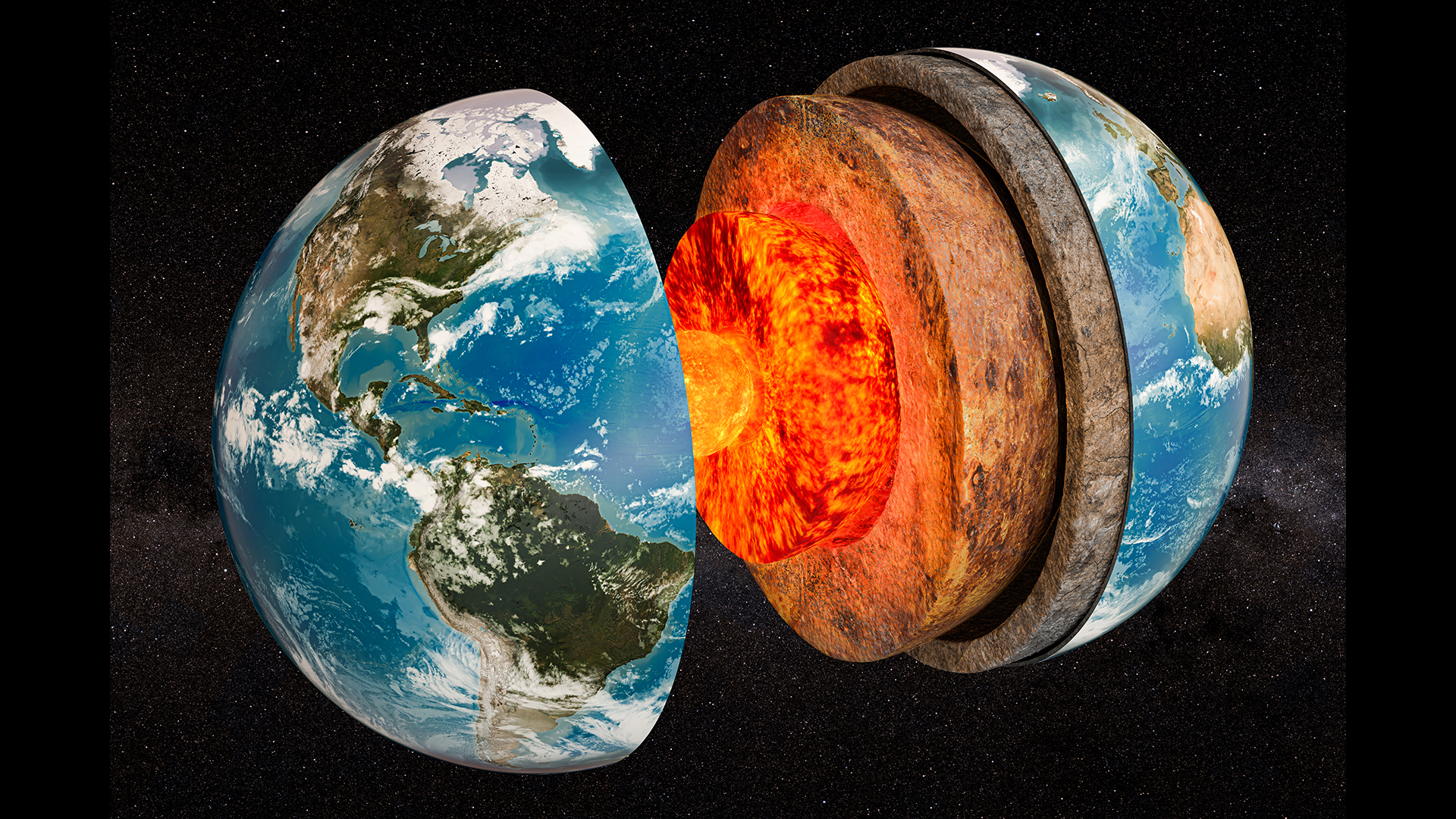
How much water is in Earth's crust?
By Charles Q. Choi published
Earth is covered with water, but how much is hiding in our planet's crust?
Sign up for the Live Science daily newsletter now
Get the world’s most fascinating discoveries delivered straight to your inbox.
